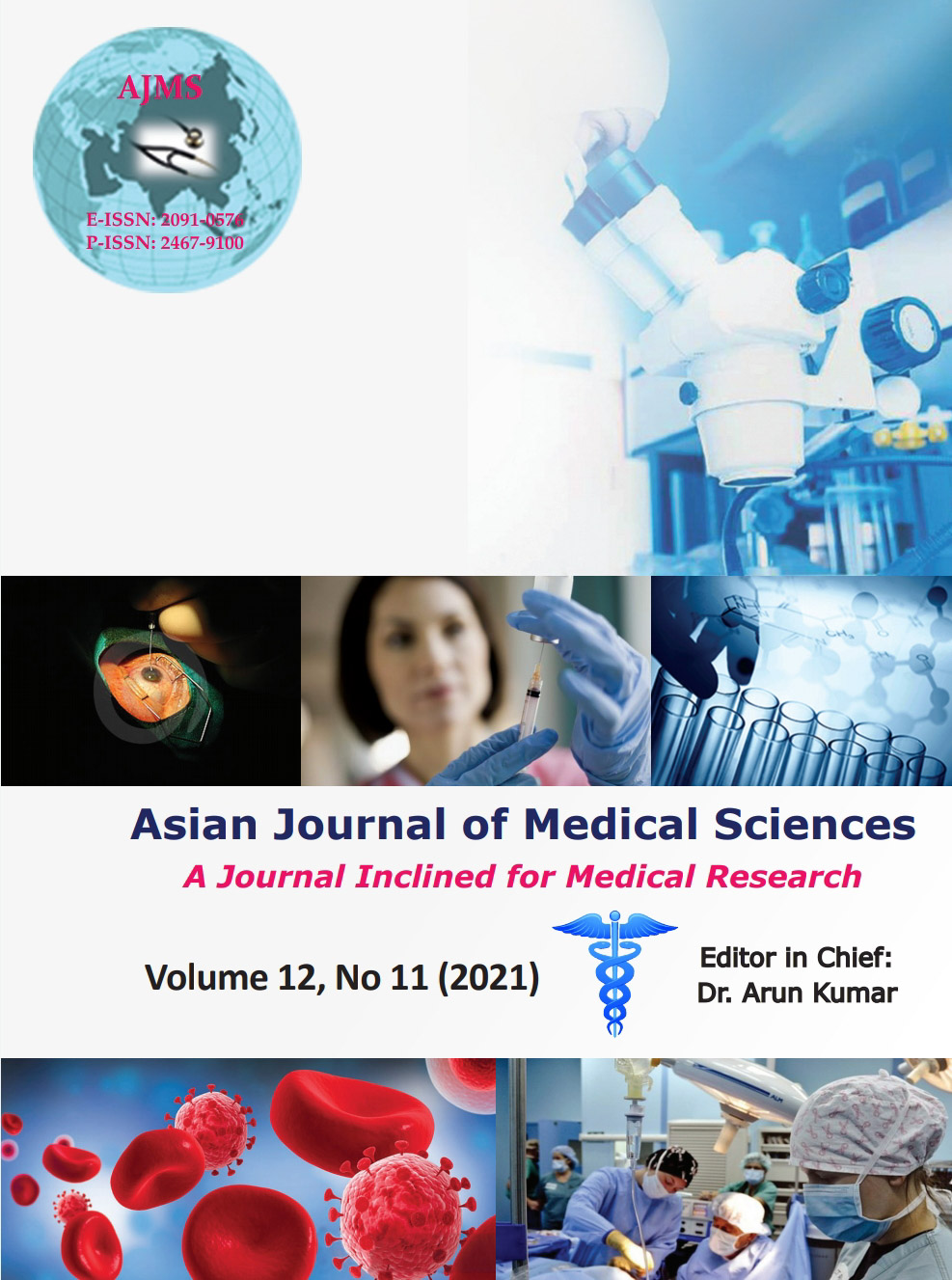The protective effect of Vitamin D and combination with liv-52 on lipid profiles in carbon tetrachloride-induced liver disease in Wistar rats
Keywords:
Carbon tetrachloride, Lipid profile, Liv-52, Liver disease, Vitamin DAbstract
Background: Liver is the largest gland, accounts for approximately 2.5% of total body weight and also liver called as the metabolic “engine-room of the body.” Liver plays role in both metabolism as well as biochemical transformation. Therefore, it is vital to maintain a healthy liver for overall health and well-being. However, liver is continuously exposed to exogenous substances such as toxins, drugs, and alcohol which can ultimately lead to various liver disorders. Liver diseases today are one of the most fatal diseases globally.
Aims and Objectives: The aim of the present study was to evaluate lipid peroxidation (LPO) and lipid profile levels of Vitamin D and combination with Liv-52 on carbon tetrachloride induced liver disease in rats.
Materials and Methods: Thirty-six adult male Albino Wistar rats weighing 150–200 g were used in this study. Liver disease was induced in rats by administration of Carbon tetrachloride (CCl4) intraperitoneally at the dose of 1 mL mixed with 50% of olive oil twice a week for 5 weeks, 3 days interval between each dose, after confirmation of liver disease treated with Vitamin D and Liv-52 for 5 weeks.
Results: The levels of LPO were significantly decreased in Vitamin D and Liv-52 treated animals when compared with CCl4 induced animals. Total cholesterol, free cholesterol, phospholipids, and triglycerides (TGs) levels were significantly reduced when compared with CCl4 induced rats. However, the levels of ester cholesterol and free fatty acids (FFAs) were significantly increased in Vitamin D and Liv-52 treated animals when compared with CCl4 induced animals.
Conclusion: Vitamin D and Liv-52 effectively reduced the LPO levels. Treatment with Vitamin D and Liv-52, the levels of total and free cholesterol, phospholipids, and TGs were significantly reduced and treatment with both combinations highly reduced all these levels when compared with CCl4 induced animals. And treatment with Vitamin D and Liv-52, the ester cholesterol and FFAs levels were increased.
Downloads
Downloads
Published
How to Cite
Issue
Section
License
Copyright (c) 2021 Asian Journal of Medical Sciences

This work is licensed under a Creative Commons Attribution-NonCommercial 4.0 International License.
Authors who publish with this journal agree to the following terms:
- The journal holds copyright and publishes the work under a Creative Commons CC-BY-NC license that permits use, distribution and reprduction in any medium, provided the original work is properly cited and is not used for commercial purposes. The journal should be recognised as the original publisher of this work.
- Authors are able to enter into separate, additional contractual arrangements for the non-exclusive distribution of the journal's published version of the work (e.g., post it to an institutional repository or publish it in a book), with an acknowledgement of its initial publication in this journal.
- Authors are permitted and encouraged to post their work online (e.g., in institutional repositories or on their website) prior to and during the submission process, as it can lead to productive exchanges, as well as earlier and greater citation of published work (See The Effect of Open Access).




